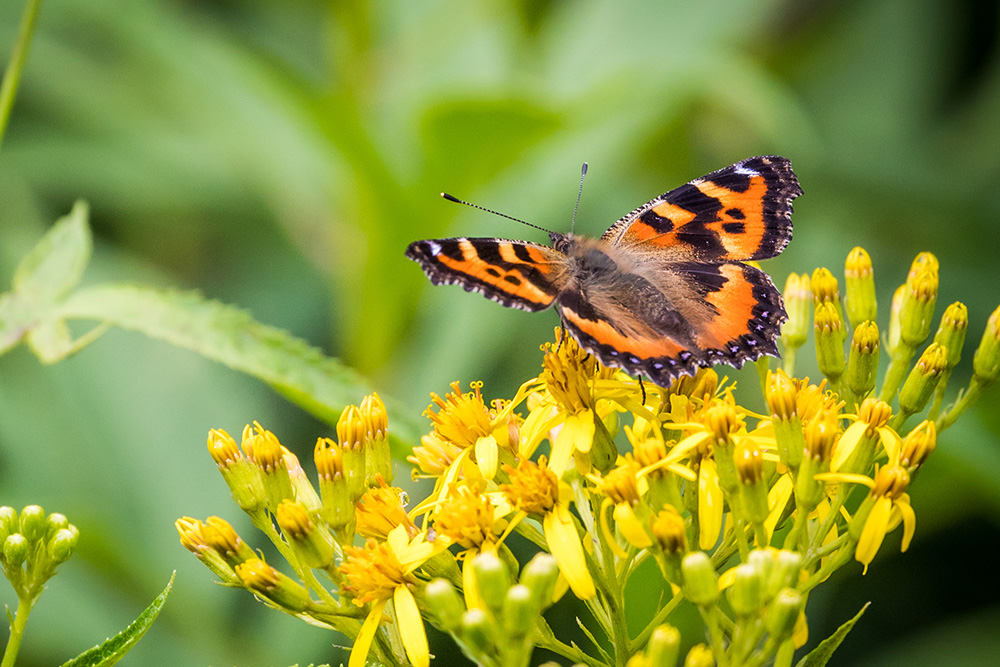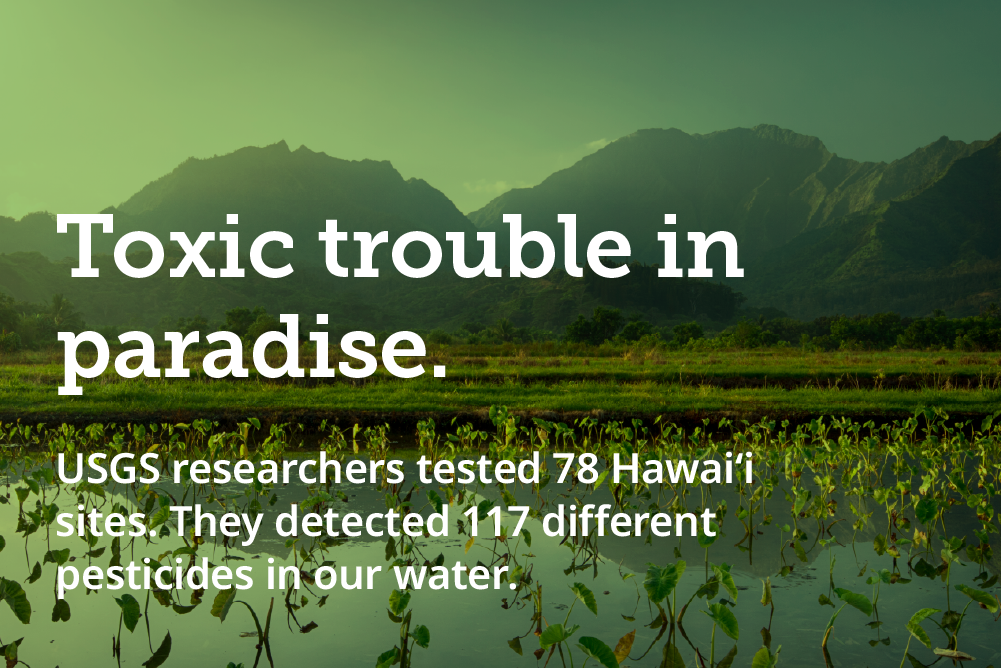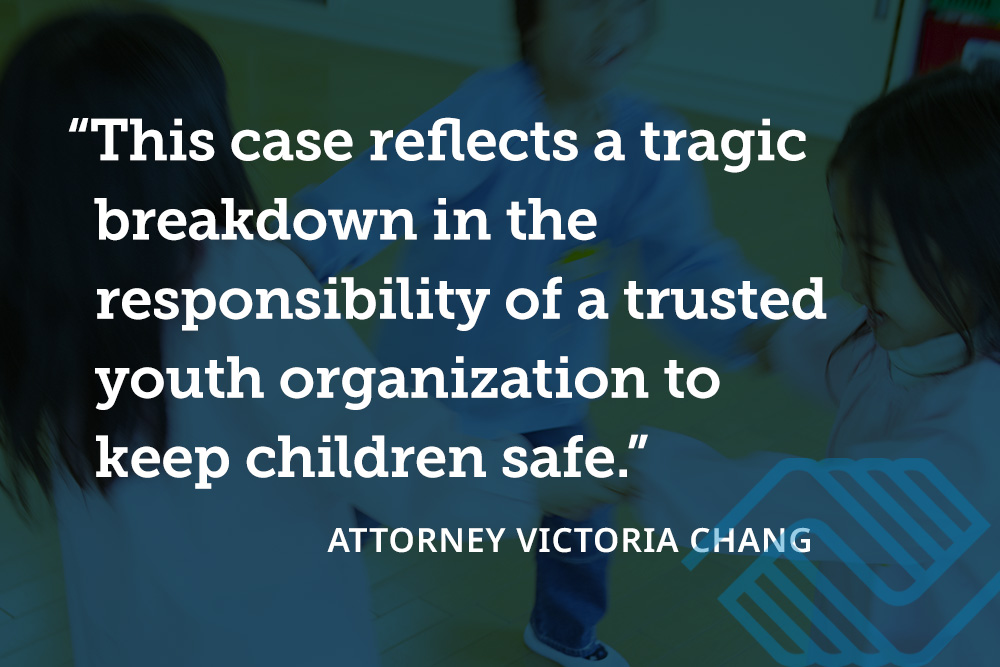
Insects are vital to keeping the world’s ecosystems in balance. Every spring, billions of insects migrate to far-flung locations to fulfill a wide range of critical functions, including performing cross-continental pollination, transferring essential nutrients to soils, decomposing organic matter, and sustaining local wildlife by providing a food source.
They also transfer genetic information, allowing plants to maintain a diverse genetic pool, potentially mitigating changes in environmental conditions. To grasp the scale of the annual insect migration, consider this: in just over a month, researchers recorded 39 million insects migrating from the Middle East to Cyprus alone.
We can help.
How Pesticides are Threatening Insect Species
The crucial role of migratory insects at a local ecological level cannot be understated. Unfortunately, insect populations worldwide have been declining, and 40 percent of species face extinction in the coming decades. While habitat loss and climate change play a role, the main culprit is a class of pesticides known as neonicotinoids. These pesticides are responsible for a global decline in butterflies, moths, and bees – essential pollinators for the 75 percent of crop species that rely on insects to propagate.
Neonicotinoid insecticides have a devastating environmental impact. In the United States, the agricultural landscape is 48 times more toxic to insects today compared to 25 years ago – neonicotinoids are responsible for 92 percent of this toxic surge. Products containing neonicotinoids include Bayer Advanced, Ortho, and Ferti-lome.
What are Neonicotinoid Insecticides?
Chemically similar to nicotine, neonicotinoids are highly toxic to bees, attacking their central nervous system, which leads to paralysis and death. Beyond being toxic, the pesticides are long-lasting, remaining in soil, waterways, and wetlands for more than 1,000 days. While neonicotinoid insecticides are banned in Europe and parts of Canada, they are the most popular pesticides in the United States; farmers use them on more than 140 different kinds of crops, including apples and corn.
According to the U.S. Environmental Protection Agency (EPA), three widely used neonicotinoid insecticides likely harm about three-fourths of all endangered plants and animals. While the EPA has banned 12 types of neonicotinoids, many versions of the insecticide are still allowed. This includes four types of toxic neonicotinoids that the EPA is expected to extend for another 15 years. Some states, like Connecticut and New Jersey, have enacted curbs on neonicotinoids. However, it’s expected that the federal government will cave to pressure from special interest groups, perpetuating the widespread use of neonicotinoid insecticides.
Beyond harming insects, studies have shown that neonicotinoid insecticides also harm mammals and birds. Meanwhile, the benefits of neonicotinoids are debatable, with studies showing that neonicotinoid seed treatments provide little benefit in terms of yield and economics.
Do Neonicotinoid Insecticides Pose a Threat to Humans?
Neonicotinoids easily contaminate the external environment, unlike contact pesticides that remain on a plant’s surface. In contrast, neonicotinoids are released into the air, diffuse into soil and water, and persistently remain in crops.
Growing evidence indicates that neonicotinoids may impact the health of humans. If ingested by humans, a small number of neonicotinoids remain in the body, exerting potential adverse effects. Although there aren’t many epidemiological studies available, there is evidence linking exposure to neonicotinoids to neurological symptoms, metabolic changes, osteoporosis, liver cancer and oxidative stress, among other potential adverse health effects.
Humans are exposed to neonicotinoids through food, water, as well as dust and pollen inhalation.
There’s a long history of herbicides and pesticides causing serious health problems and environmental damage, such as dichlorodiphenyltrichloroethane, commonly known as DDT, which was banned in the U.S. in 1972. More recently, several jury trials have resulted in findings that Monsanto failed to warn users about links between its Roundup herbicide and non-Hodgkin’s lymphoma.
How We Help Victims of Pesticide Exposure
With a wealth of experience prosecuting herbicide and pesticide exposure cases, our Hawaii pesticides lawyers have battled corporate giants on behalf of individuals like you for over 40 years, aggressively fighting to hold them responsible for failing to keep workers safe. If you have suffered catastrophic injury or cancer caused by Monsanto’s Roundup weedkiller or other harmful chemicals, we can help.






